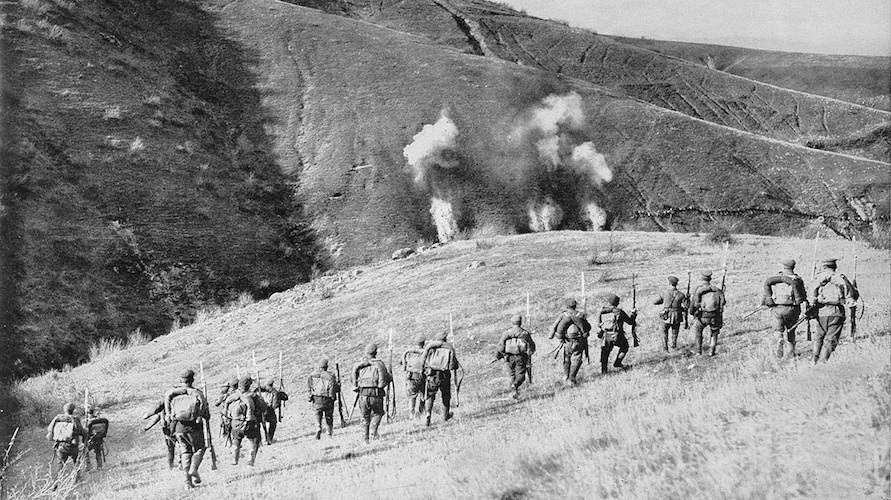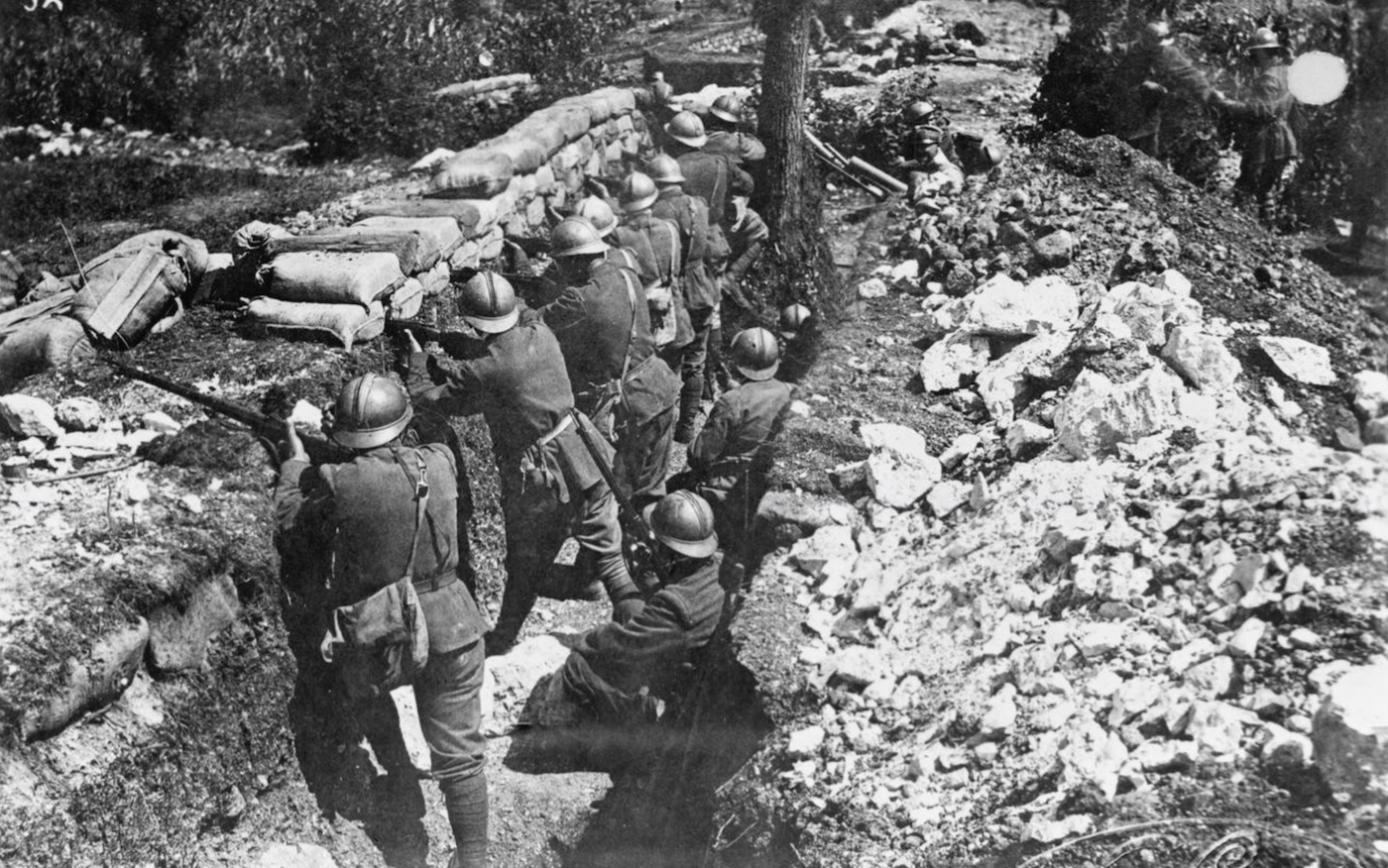
Isonzo Front in 1917
Renewed Italians attacks on the Isonzo front prompts German intervention
10 May - 12 September 1917
During the spring and summer of 1917, operations on the Italian Front of World War One resumed, when the Italians sought to break the Austro-Hungarian lines by launching a series of offensive in the Isonzo area. Although the Italians won some territorial gains, they did not manage to achieve a decisive victory against the Austro-Hungarian Army before German intervention.
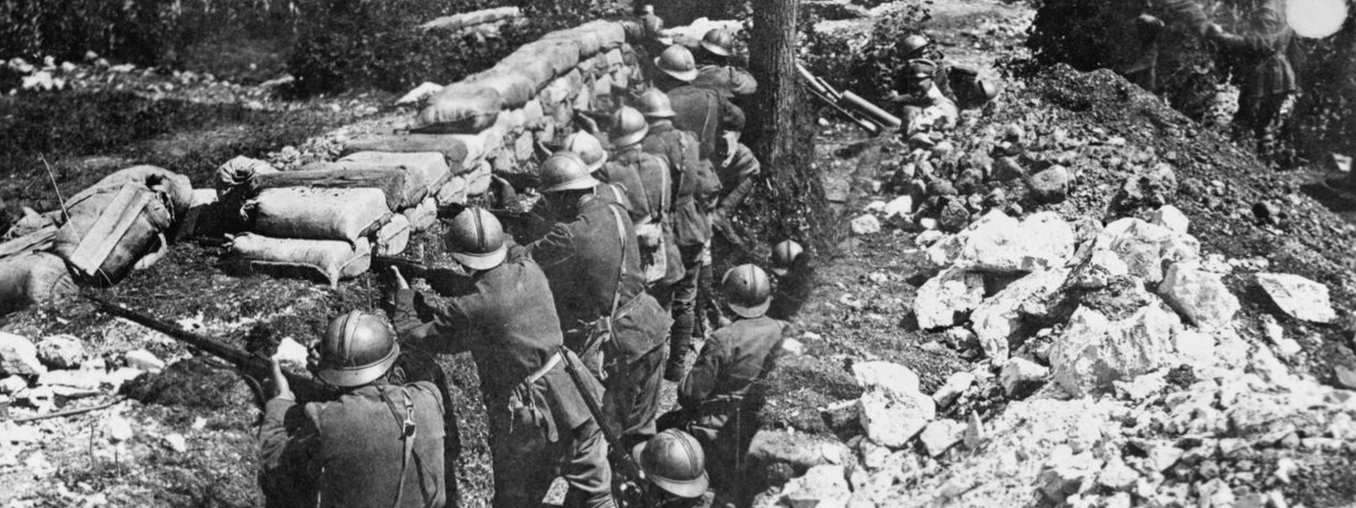
1 of 2
The Russian Revolution, beginning in March, enabled the Austrians to transfer formations from the east to augment their forces on the Isonzo and Trentino fronts.
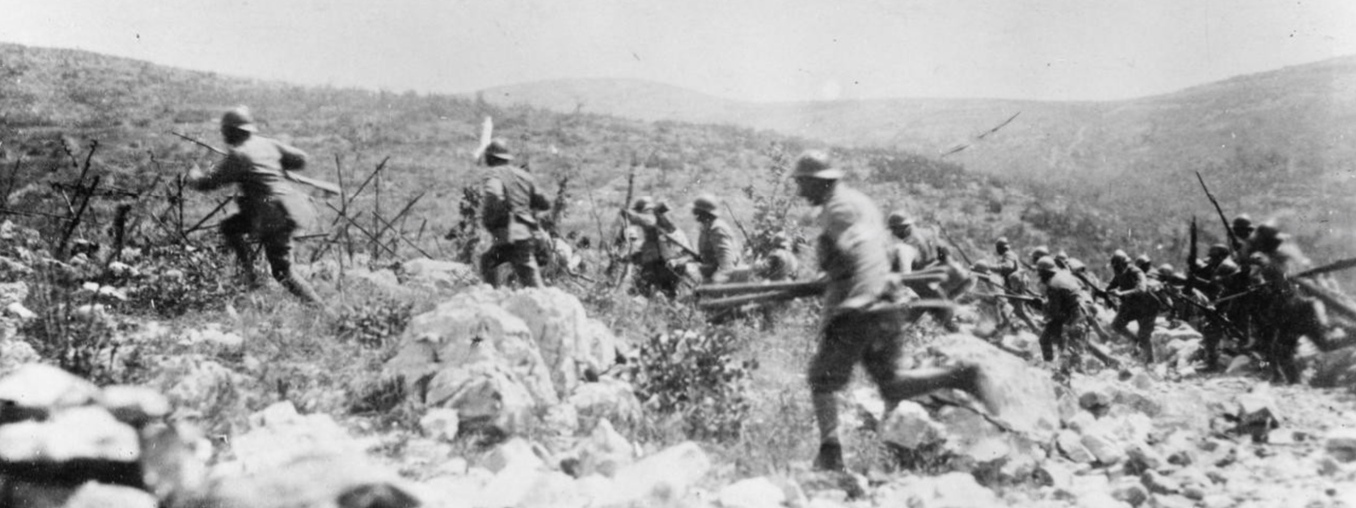
2 of 2
At the end of August the Italians seemed on the point of final victory. Austrian morale was crumbling as non-Germanic regiments lost their stomach for the war. However, the Italians were forced to put their forces on a defensive status, while they reorganized themselves, built up their reserves and rested ready to renew the attack in 1918. At the same time, the Austrians were, if anything, in a worse state: exhausted from the long war with Russia, Serbia and now the Italians.
An Italian attack was planned for early December 1916. On the 7th, a break in the bad weather allowed the artillery to warm up. But the winter soon closed in again and the infantry stood down. According to General Luigi Cadorna, the Italian Chief of Staff, the troops in the Vipacco valley were drowning in mud. The postponement would last five months. Minor actions flared here and there as the Austrians tried to wrest back the territory they had lost in August. Still, the front was relatively calm and sometimes completely so.
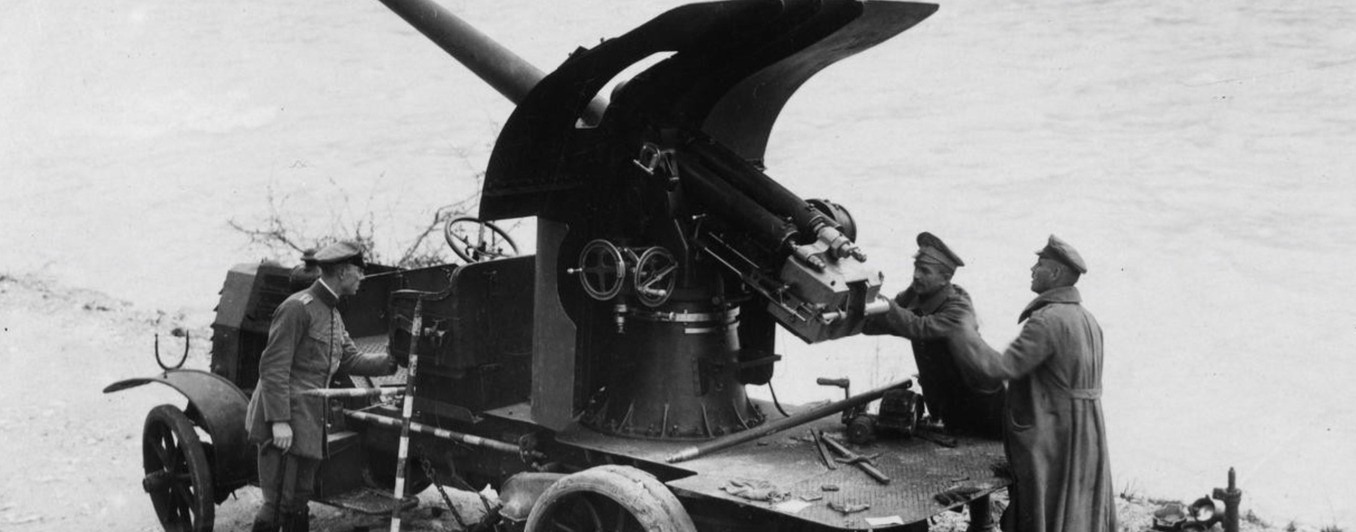
1 of 1
General William Robertson was struck by the ‘absolute quiet’, broken by an occasional rifle shot: ‘a very different state of affairs from what we were accustomed to on the Western Front’.
- Peter Hart, The Great War: A Combat History of the First World War, Oxford University Press, Oxford, 2013
- Peter Simkins, Geoffrey Jukes, Michael Hickey, Hew Strachan, The First World War: The War to End All Wars, Osprey Publishing. Oxford, 2003
- Mark Thompson, The White War: Life and Death on the Italian Front 1915-1919, Faber and Faber Limited, London, 2008






